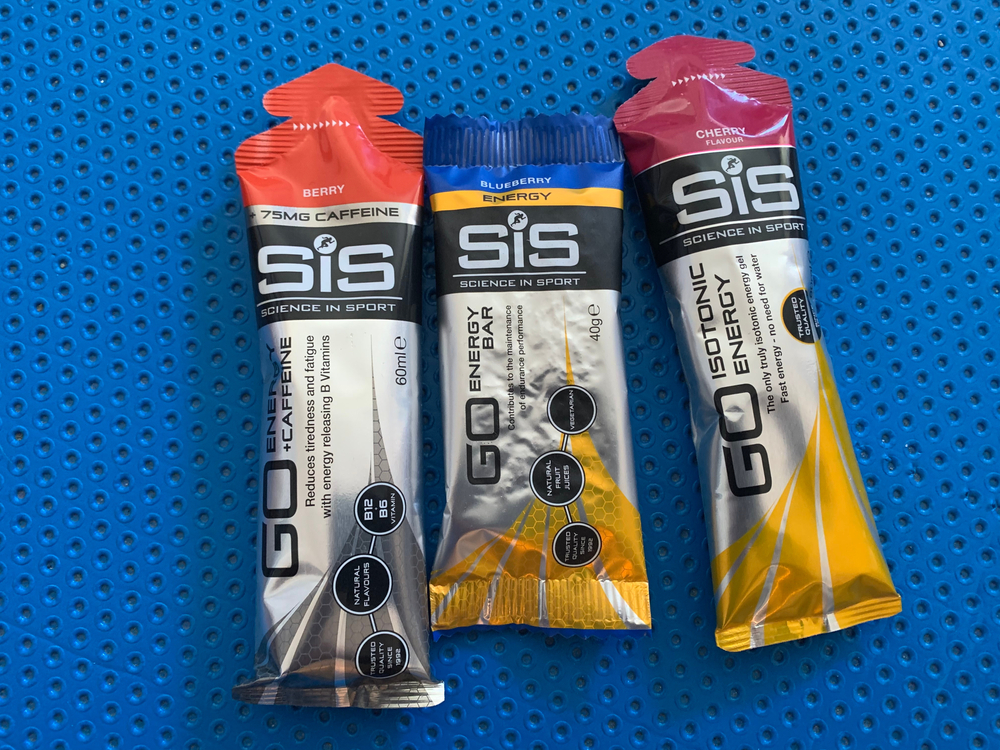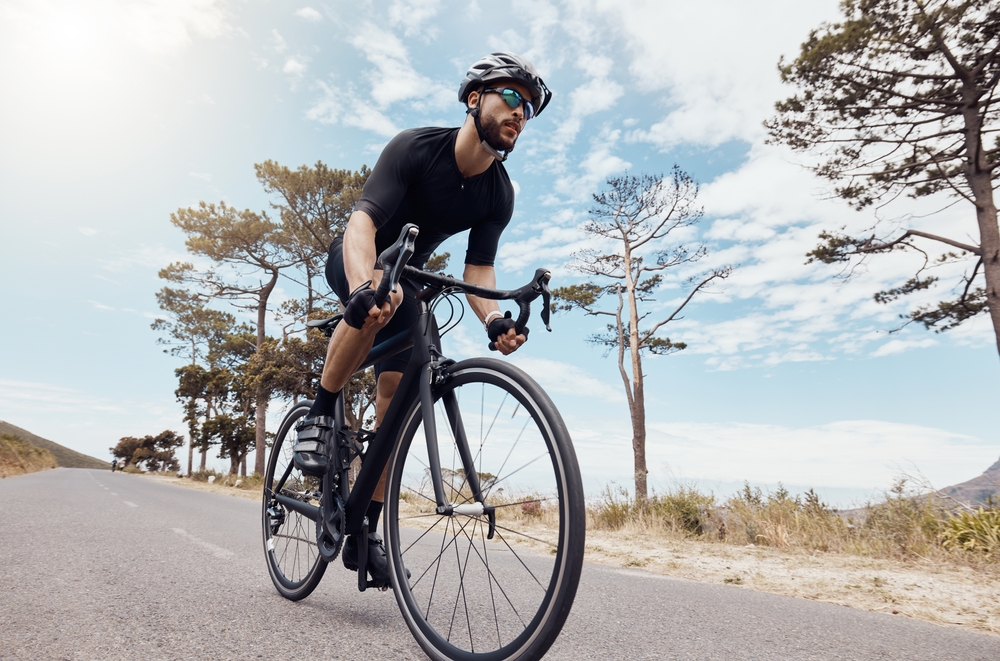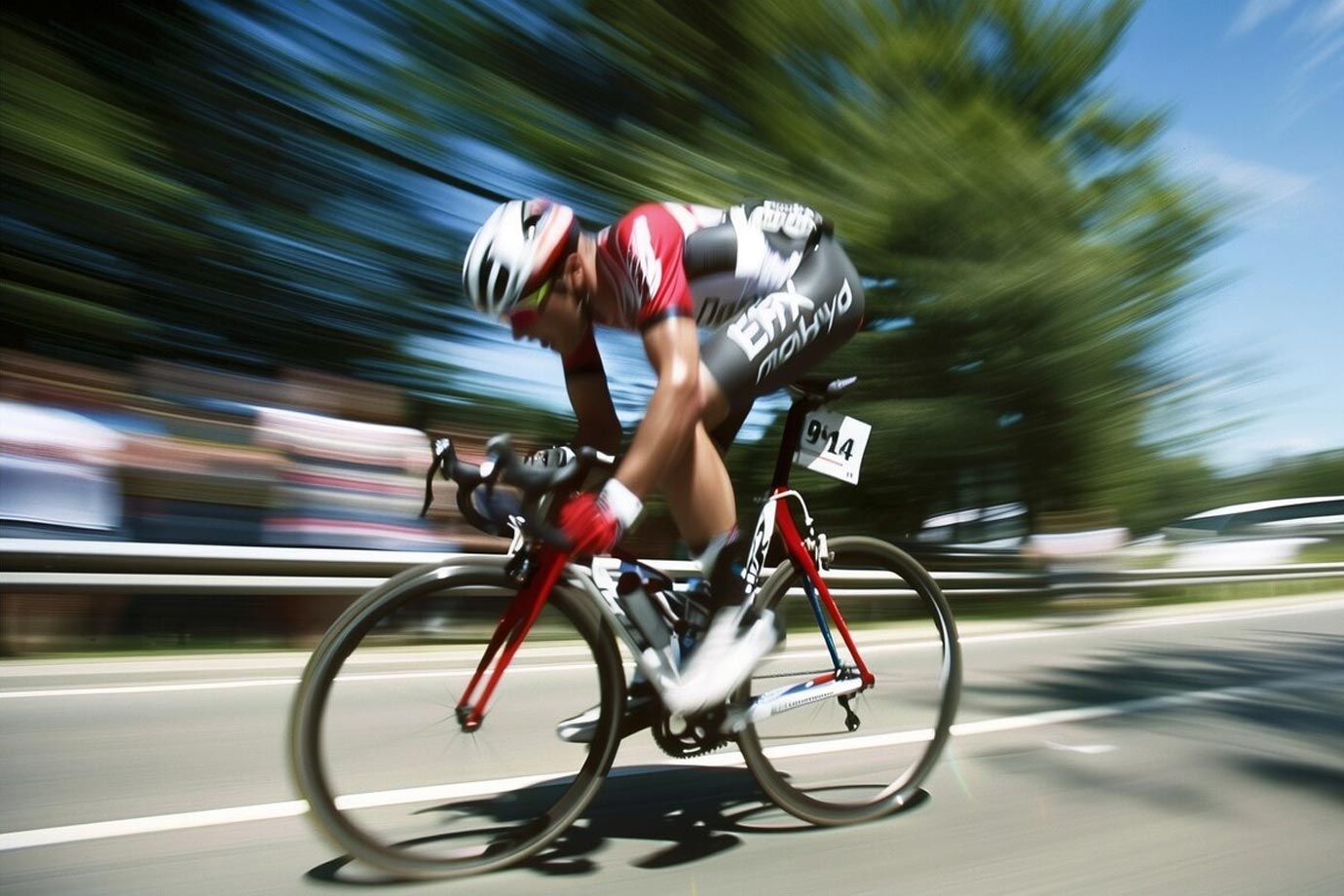Fuel your ride with cycling gels! Learn about types, ingredients, and how to use them for peak performance. Avoid common mistakes and find your perfect gel.
Cycling Gels: What You Need to Know

When engaging in long-distance cycling, maintaining energy levels is crucial. Cyclists often turn to energy gels for a quick and effective source of fuel. These gels are popular due to their convenience and the rapid energy boost they provide.
What Are Cycling Gels?
Cycling gels are concentrated energy sources designed for endurance sports. They typically come in small, portable packets and are consumed in one quick squeeze. The primary ingredients usually include simple carbohydrates like glucose, fructose, and maltodextrin.
Why Cyclists Use Gels
Cyclists need a steady energy supply to maintain performance. During intense rides, the body’s glycogen stores deplete quickly. Energy gels provide a rapid influx of simple sugars, which the body converts to glucose, replenishing glycogen levels and keeping the cyclist’s energy stable.
Ingredients in Cycling Gels
- Carbohydrates: The main component, often in the form of glucose, fructose, or maltodextrin.
- Electrolytes: Sodium and potassium to replace minerals lost through sweat.
- Amino Acids: Sometimes included to aid in muscle repair.
- Caffeine: Present in some gels to provide an additional energy boost and improve focus.
- Natural Flavors: Used to improve taste and encourage consumption.
How to Use Cycling Gels
Timing is key when using energy gels. They are typically consumed at regular intervals during a ride. Cyclists often take one gel every 30-45 minutes when riding for more than an hour. Consuming water with the gel is important to aid digestion and absorption.
Benefits of Cycling Gels
Cycling gels offer several advantages. They are easy to carry and quickly consumed. The rapid absorption of simple sugars into the bloodstream provides almost immediate energy. The inclusion of electrolytes helps maintain hydration and prevent cramps.
Potential Drawbacks
Some cyclists may experience gastrointestinal issues with gels. This can include stomach cramps or digestive discomfort. It’s essential to trial different brands and flavors during training to find what works best for your body. Overconsumption can also lead to spikes and crashes in blood sugar levels.
Popular Brands
- GU Energy Gel: Known for a wide variety of flavors and including amino acids.
- Clif Shot: Often preferred for their natural ingredient list and texture.
- Science in Sport (SiS): Popular for isotonic gels that don’t require additional water.
- Honey Stinger: Unique for using honey as a primary ingredient and natural sweetener.
Choosing the Right Gel for You
Consider personal preferences and dietary restrictions when selecting a gel. If you have a sensitive stomach, an isotonic gel like SiS may be beneficial. Those looking for a natural product might prefer Honey Stinger. Testing different brands and flavors during training will help determine the best option for your needs.
DIY Energy Gels
For those interested in making their own gels, simple ingredients like honey, molasses, and salt can be combined to create a homemade solution. This allows complete control over ingredients and customization to personal taste preferences and dietary needs.
Storage and Shelf-life
Most energy gels have a long shelf-life, typically ranging from 12 to 24 months. They should be stored in a cool, dry place. Once opened, they should be consumed immediately to avoid contamination and spoilage.
Environmental Impact
The packaging of energy gels can contribute to litter if not disposed of properly. Many brands are working towards more sustainable packaging solutions. Cyclists are encouraged to carry used wrappers and dispose of them responsibly.
Alternative Energy Sources
Other portable fuel options include energy bars, chews, and bananas. Each provides different benefits and drawbacks. Energy bars offer more substantial fuel due to higher protein and fat content, but take longer to digest. Chews are similar to gels in terms of easy ingestion, but may be less convenient than gels. Bananas provide natural sugars and essential nutrients, but are bulkier and more perishable.
Combining Gels with Other Nutrition
A well-rounded nutrition plan includes a mix of energy gels, solid foods, and hydration. Planning your fuel strategy in advance and incorporating a variety of foods can help you avoid fatigue and ensure sustained energy levels throughout your ride.
Common Myths
- Myth 1: Gels replace meals. Gels are meant to supplement your energy levels during exercise, not replace regular meals.
- Myth 2: More gels mean more energy. Overconsumption can lead to an upset stomach and energy crashes.
- Myth 3: Only professionals need energy gels. Recreational cyclists can benefit from energy gels during long rides just as much as professionals.
Understanding the role that cycling gels play in maintaining energy and performance can be invaluable for cyclists of all levels. By experimenting with different types, timing, and combinations, each cyclist can find an optimal strategy that works for them.

